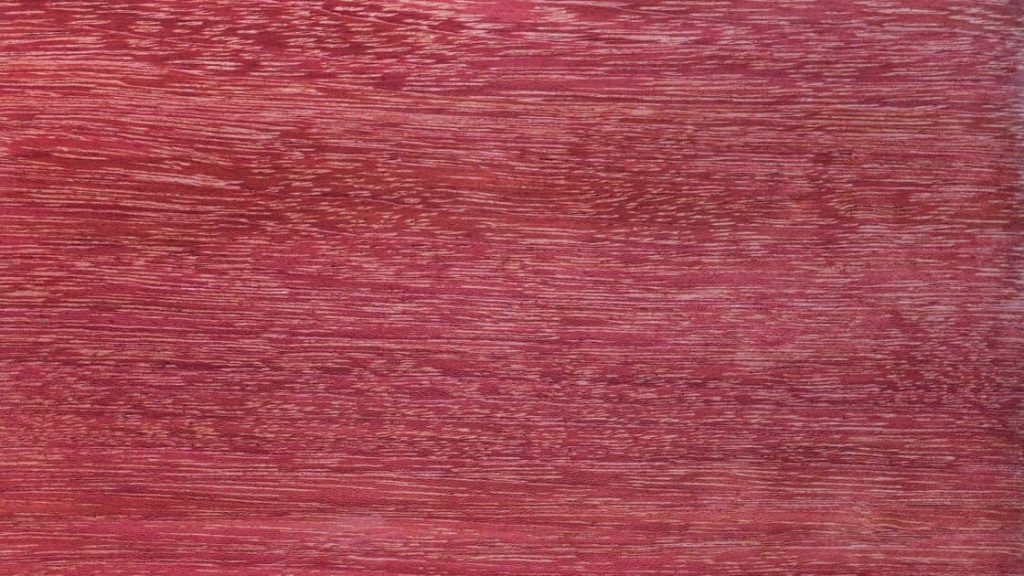Featured Species: Purpleheart
Making a decision between exotic and domestic wood for hardwood flooring comes down to many factors. These might include sustainability, durability, and cost. Another factor is the coloration of the wood itself, which is one of the most significant reasons people choose Purpleheart for their hardwood flooring. In fact, Purpleheart produces one of the most dramatic colorations of any tree species, turning different shades of violet as it is exposed to oxygen and UV light.
THE FACTS
Name: The scientific name for Purpleheart is Peltogyne. It is also known as Violet Wood, Amaranth, and many other locally known names.
Location: The Purpleheart tree can be found mainly in the tropical rain forests of Central and South America. The range extends from Mexico through south-eastern Brazil.
Size: These trees can grow up to 160 feet tall and have a trunk diameter of 5 feet wide!
Janka Rating: This tree has a hardness of around 1860 on the Janka scale. For comparison, White Oak is at 1360, and Cumaru is at 3540. So, while harder than some of the more durable domestic species, it is not nearly as hard as some other popular exotic species.
Sustainability: While some sub-species of Purpleheart are threatened or endangered, Purpleheart itself is not listed as endangered in the Convention on International Trade in Endangered Species of Wild Fauna and Flora.
Color: When the tree is first cut, the heartwood is a deep brownish-purple. The wood lightens to different shades of violet as it is exposed to air and UV light. As the wood ages, it naturally becomes darker, resulting in a dark brown with purple undertones. UV-inhibiting varnishes can be applied to maintain the lighter shades of purple while preventing this age-related darkening.
USES
Purpleheart is usually used for smaller projects like wood inlays in instruments (think guitars), watches, and pens. However, it is also used for furniture, boatbuilding, and flooring.
It can also be used to create a reddish-purple fabric dye and a substitute for turpentine.
Some pagan religions use Purpleheart for healing ceremonies, believing that it has spiritual qualities.
PURPLEHEART AS FLOORING
Other than its unique and characteristic purple tinted wood, Purpleheart creates one of the most durable floors. This is due to it being one of the hardiest woods available. Hardy, in this instance, means that it is nearly impossible to break after it has dried. Furthermore, it is water resistant and naturally resistant to rot, decay, and insects. This makes for a floor that can withstand almost any environment and will likely need very little maintenance.
Because of the hardness, it can be challenging to install, requiring extra care for grip progression during the sanding process. Purpleheart also produces a gummy resin that can make installation tricky. Furthermore, some finishes can react with the natural oils in the wood, creating an unpleasant effect. These are reasons why you want to have a hardwood flooring expert install this type of wood in your home or business.
Interested in learning more about Purpleheart or want to find out what species of wood would be best for you? Give us a call or fill out the form below to talk to a specialist today.



